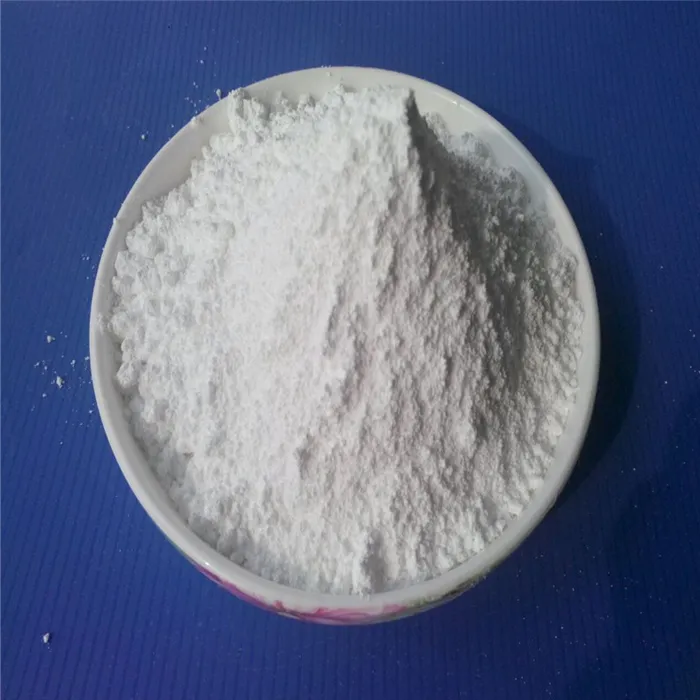Sevoflurane A Comprehensive Overview
Sevoflurane, a volatile anesthetic agent, has become increasingly popular in the medical field due to its favorable properties and the diverse applications it offers. With a chemical formula of C4H2F7O and a molecular weight of 200.06 g/mol, sevoflurane is widely used in both induction and maintenance of general anesthesia. This article will explore its properties, mechanism of action, benefits, and safety profile, highlighting its importance in modern medicine.
Properties and Composition
Sevoflurane is a colorless, non-flammable liquid at room temperature, with a pleasant odor that makes it more palatable for patients compared to other anesthetics. It has a low blood-gas partition coefficient (approximately 0.68), which allows for rapid induction and emergence from anesthesia. This characteristic is particularly beneficial in surgical settings where quick recovery is crucial. The liquid is typically supplied in a 100 ml bottle, often used in hospitals and outpatient surgical centers.
Mechanism of Action
The exact mechanism by which sevoflurane induces anesthesia is not entirely understood, but it is believed to work by enhancing the inhibitory neurotransmitter gamma-aminobutyric acid (GABA) and inhibiting the excitatory neurotransmitter glutamate. This action results in a depression of the central nervous system, leading to a loss of consciousness and perception of pain. The rapid onset of sevoflurane helps clinicians effectively manage anesthesia during surgical procedures, reducing the time patients spend in an unconscious state.
Clinical Applications
Sevoflurane is particularly favored in pediatrics due to its ease of use and patient tolerance. Children tend to find its smell agreeable, making mask induction smoother and less stressful. Additionally, its rapid recovery profile minimizes postoperative confusion and disorientation, common in the pediatric population. Beyond pediatric use, sevoflurane is also labeled for use in adults for various surgical procedures.
sevoflurane 100ml

Moreover, it is often used in settings requiring a quick turnaround between cases, such as outpatient surgeries and same-day discharge procedures. The rapid emergence from anesthesia allows for a quicker evaluation and recovery process, making it an excellent choice for day case surgeries.
Benefits of Sevoflurane
One of the significant advantages of sevoflurane is its minimal postoperative side effects, particularly regarding the respiratory system. Unlike other anesthetics, sevoflurane does not cause significant airway irritation, making it safer for patients with compromised respiratory function. Additionally, it has a low incidence of hemodynamic instability, which is crucial for maintaining stable vital signs during surgery.
Another major benefit is its non-toxic metabolites. Sevoflurane is metabolized at less than 5% in the liver, leading to fewer concerns about organ toxicity compared to other volatile anesthetics. This low metabolic rate not only reduces the risk of toxicity but also means there is less environmental impact post-disposal, making it a greener alternative.
Safety Profile
While sevoflurane is generally regarded as safe, it is essential to consider its contraindications and side effects. Some patients may experience transient cardiovascular or respiratory changes during administration. Careful monitoring is crucial to manage these effects. Additionally, there is a rare risk of malignant hyperthermia, a life-threatening condition triggered by certain anesthetic agents. Thus, proper patient screening and history-taking are vital before using sevoflurane.
Conclusion
In conclusion, sevoflurane represents a significant advancement in the field of anesthesiology. Its favorable properties, such as rapid induction and recovery, minimal side effects, and high patient acceptance, have made it a staple in modern surgical practice. With continued research and clinical experience, sevoflurane is likely to remain a fundamental tool in the anesthesiologist’s armamentarium, enhancing patient care and outcomes in surgical environments. Its role in both pediatric and adult anesthesia underscores the versatility and effectiveness of this volatile anesthetic.

